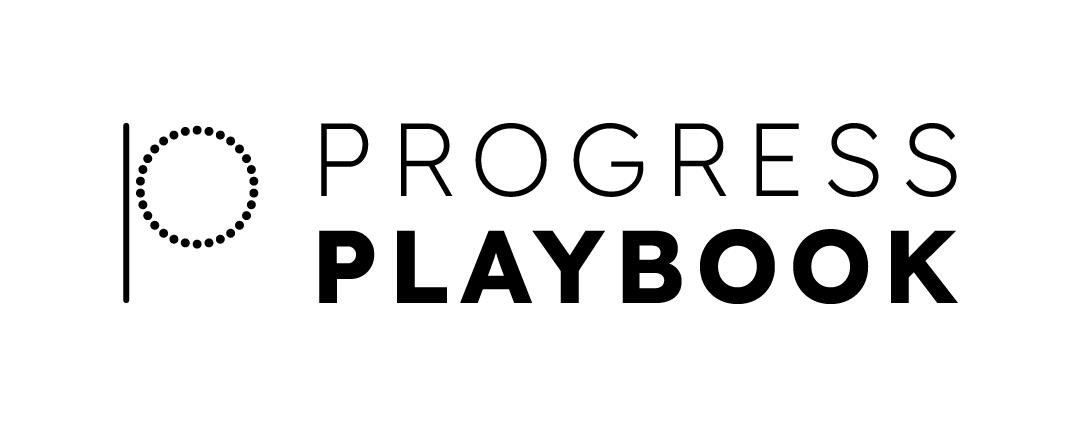Ten Steps To Starting a Business
1. Develop the Entrepreneurial Mindset
Starting, operating and growing a successful business is no easy fete. Entrepreneurs must develop the right mindset to successfully navigate the highs and lows of the entrepreneurship journey.
Gallup did a study to uncover the mindset of successful entrepreneurs and through their study outlined 10 characteristics, including: 1) Focus 2) confidence, 3) creative thinking 4) determination, 5) delegation, 6) independent, 7) knowledge seeker, 8) promoter, 9) relationship builder, 10) risk taker.
To learn more about the 10 entrepreneurial traits click here
2. Map Out Your Business Idea
Every successful business starts with an idea that is refined through research and planning. A business plan is a great way to help you define your business idea and map out how you will execute it.
Download and complete a business plan template here
3. Test Your Business Idea
Get your product/service out in front of your customers as soon as possible. Start small by creating a small version of your product/service and to get feedback from real customers and stakeholders. Based on the feedback iterate your product/service. You can test your product/service at pop up shops, small events,
To learn more about how to test your product/service click here
4. Define Your Company’s Brand
A brand is a company's identity (attributes, beliefs, qualities). It defines who you are and how others perceive you.
Think about your company’s brand as if it was a person. What type of personality does your business have? What are the top 5 attributes that describe the personality of your brand? Some example attributes include:
After you define your brands personality begin to build out your company’s brand assets, including:
Color pallet
Font
Logo
Website
Other brand assets (i.e. social media pages)
Find freelancers to help you build your brand on upwork
5. Build An Audience
In order to obtain customers you have to start by building relationships with your target customer group by getting the word out about your company. Develop a strategy to build relationships, including, leveraging social media, hosting events, creating valuable content on your website, collaborating with other brands.
6. Build Your Team
There are many areas of business from product/service development and delivery, marketing, human resources, legal, financial management and more. Each business area requires specialized knowledge and skills. You will need to build a team to help you start, operate and grow your business.
Learn more about an organizational chart here
7. Legally Set Up Your Business
Choosing the right legal structure is a necessary part of running a business. Whether you're just starting out or your business is growing, it's crucial to understand the options. There are various legal structures, including:
A sole proprietorship is the simplest business entity. When you set up a sole proprietorship, one person is responsible for all a company’s profits and debts.
A partnership is owned by two or more individuals. There are two types: a general partnership, where all is shared equally, and a limited partnership, where only one partner has control of operations and the other person (or persons) contributes to and receives part of the profits.
A limited liability company (LLC) is a hybrid structure that allows owners, partners or shareholders to limit their personal liabilities while enjoying a partnership’s tax and flexibility benefits. Under an LLC, members are shielded from personal liability for the business’s debts if it can’t be proven that they acted in a negligent or wrongful manner that results in injury to another in carrying out the activities of the business.
C corporations: C corporations, owned by shareholders, are taxed as separate entities. JPMorgan Chase & Co. is a multinational investment bank and financial services holding company listed as a C corporation. Since C corporations allow an unlimited number of investors, many larger companies – including Apple, Bank of America and Amazon – file for this tax status.
S corporations: S corporations were designed for small businesses. They avoid double taxation, much like partnerships and LLCs. Owners also have limited liability protection. Widgets Inc. is an example of an S corporation that operates very simply: Employee salaries are subject to FICA tax (as are all employee salaries), while the distribution of additional profits from the S corporation does not incur further FICA tax liability.
To learn more about the right legal structure for your business connect with Start Small Think Big
8. Raise Money to Launch Your Business
If you need to raise money to start your business there are several options, including, family and friends, bank loans, grants, crowd funding, investors and more.
Start by making a list of all of the things you need to pay for to launch your business (I.e. website, inventory, marketing, business cards, emergency fund etc)
Research the cost for each item you outlined
Calculate your total start up cost
Identify how much money you will invest in your business with your own funds
Raise the balance from some of the sources we listed above family and friends, bank loans, grants crowd funding, investors
To learn more about funding your business connect with your local small business development center
9. Secure the bag!
Now that your business is set up GO out and start selling. Learn more about the sales funnel process here
10. Never Give Up
You will have ups and downs during the entrepreneurship journey. With persistence you will win.
CONNECT WITH US
We will keep you up to date with all the things
you need to know to build a business in NYC.
(E) Hello@progressplaybook.com (P) 347-464-8178



